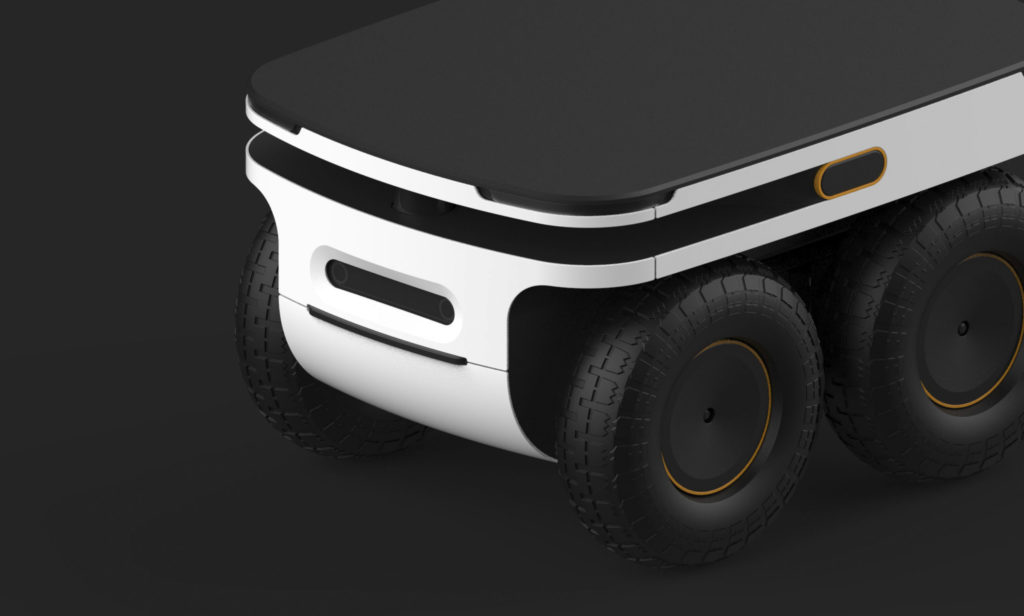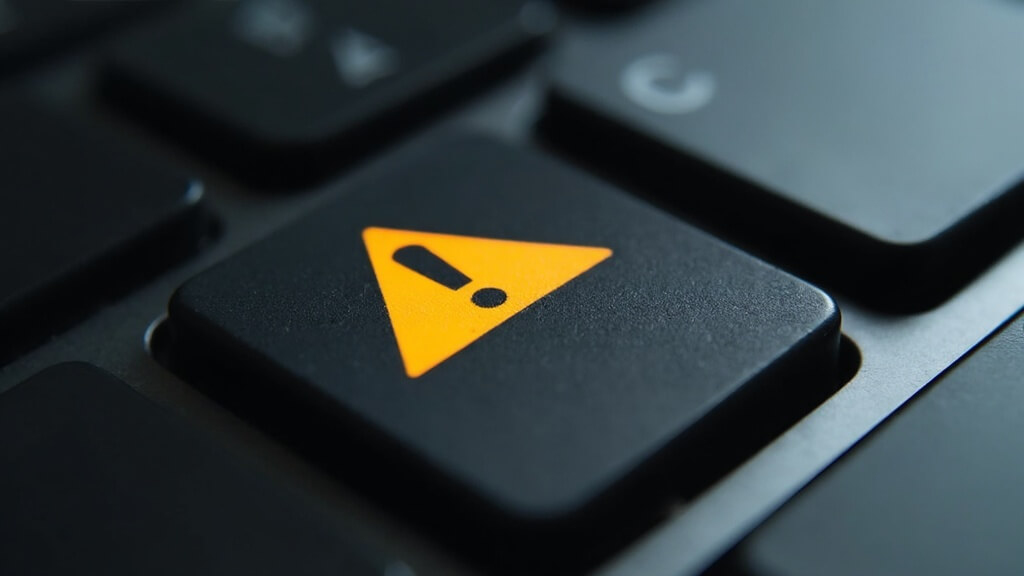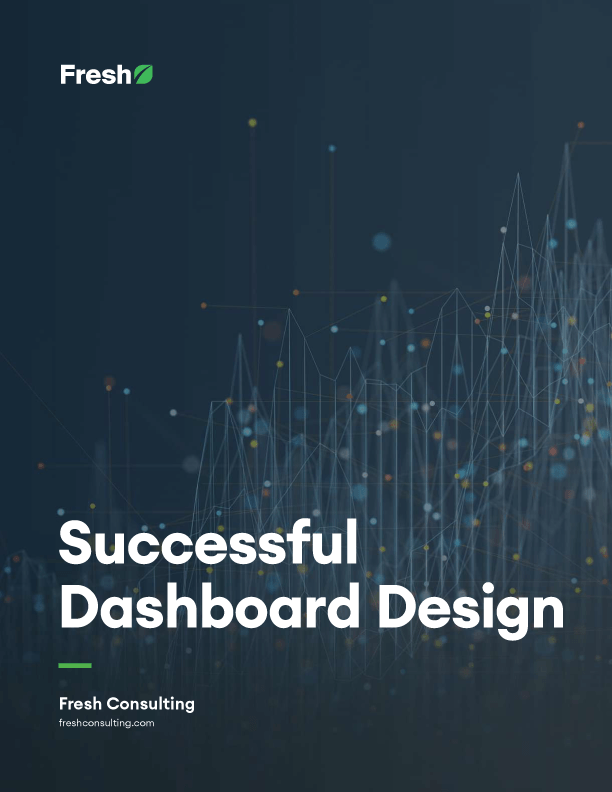Article
It’s Time to Be More Scientific About Design

A designer’s job doesn’t end with a beautiful design: it ends with solving a problem, accomplishing an objective, or delivering a business result. Sometimes, we want to feel our way to great design relying solely on instinct to build and justify it. In the digital age where design takes center stage and nearly every business is attempting to reach distinct online audiences, a single individual’s instincts (designer, client, or consumer) or style may lead to a design that is liked, but doesn’t best accomplish an objective.
Effective design thinks beyond aesthetics (aka Design Thinking). Yet, too often we witness design aesthetic covering up hidden opportunities for conceptual innovation. In other words, a design doesn’t solve a problem or create an opportunity, it’s just pleasing to the eye. Don’t get me wrong, incredible aesthetic is still imperative because aesthetically pleasing things are perceived to be easier to use, but that doesn’t mean a particular design will meet or exceed an overall objective.
This illustrates the difference between creativity and innovation – science and rigor leading to some measure of value can turn something merely creative into something actually innovative. If you’re in the business of design, as we are, you want your design to be innovative for the business, not just creative.
So how can one get more scientific about design? Beyond the creative brief, below are 3 key things we do at Fresh Consulting to make our website, web app and mobile app design more scientific.
1st – ANALYSIS for inspiration
Deep analysis is best before you start a significant design project but, much like ongoing user testing, ongoing analysis provides some science for design iterations. The goal of analysis is to look for insights, issues and opportunities that will shape recommendations for design changes. At Fresh Consulting, our designers and UX consultants focus on some of the following areas:
- UX best practices: to assure our design follows good principles and novelty is balanced with usability and convention
- Competitors: to look for design patterns and inspiration where others may have already solved a problem well
- Web metrics: to look for usage patterns and user issues (from various platforms) that will become artifacts for design changes
- Sales analytics: to better understand how revenue can be supported with navigation and information hierarchy
It is simple to approach a design challenge focusing on the known issues but remaining oblivious to hidden unknown issues. Following a rigorous analysis process allows our designers to uncover previously unknown issues yielding new problems to solve and providing constraints that give creative design direction..
2nd – PROCESS for iterative ideation
It may sound basic and boring, but a process helps keep everyone on the same page as you focus on the steps necessary to garner insights in creating world-class user experiences. As an example, our most basic UX design process has the following steps, with some rationale for each one. Note: User Testing ties into the last 5 steps, which is explained further in my 3rd point, and Analysis ties into my 2nd step below.
- Understanding: to focus on your goals, your problems, and your constraints to work on the right solution
- Research: to find new insights and explore existing problems today
- Discovery: to unearth new ideas that will shape your solution
- Personas: to have empathy for your end users and put your design in their context
- User Tasks: to prioritize the information and functionality that really matters in an efficient user flow
- Wireframes: to focus on layout and user flow and not get caught up in aesthetic
- Mockups: to weave your brand story and aesthetically speak effectively to your customers
- Prototypes: to see actual user flows, to test user behaviors, and perfect engagement
3rd – TESTING pre and post implementation
It’s amazing what one can learn from watching a single user try to use your product against your design goal or user tasks. It’s no wonder Jacob Nielsen, a long time expert in UX testing, has said, “You don’t need more than 5 users to find most of the common problems.”
We recently had the opportunity to conduct several user tests with a web-based dashboard design for a multi-billion dollar company. Although the client was very pleased with the outcome and we thought we had perfected the dashboard design, three simple user tests on a simple prototype unearthed several problems that needed to be fixed before we released the product. Bottom line, any amount of testing helps you understand whether your design is working for your end users.
At Fresh Consulting, we conduct various types of user testing depending on the project. Some methods include task-based user testing observation and video recording, trust tests, impressions tests, blur tests, and more. One of the simplest design tests is a comparative design test where you have a user compare two designs and ask which one they prefer against a stated objective. It’s a lot easier to specifically tell clients that 95% of our testers within a demographic segment prefer a particular design than to articulate it with feelings.
We recently had a branding and UX website e-commerce project where the team had diverse feelings about brand color and logo options. It wasn’t until we put our design through a series of comparative tests that we discovered what 75% of female end consumers (their primary demographic) really cared about. With some quick testing, we were able to eliminate several options, and prove that the new design we created was preferred by 90% of females over the competitor’s design with a 99% confidence level, whereas, before the redesign, 80% of end consumers preferred the competitor’s design. This comparative testing helped put personal preferences aside and focus on the end user we were designing for.
To sum up, while intuition is relevant for design work, it can be more effectively supported with process, analysis, and testing. As the Design Thinking movement makes a designer’s role more important to all businesses and a broader range of problems, understanding how to be more scientific with design will help speak to business and technical audiences craving rigor. Moreover, design backed by process, analysis, and testing will help us all be convinced and confident of our design choices and be more effective with regards to our objectives. Business results will follow.









